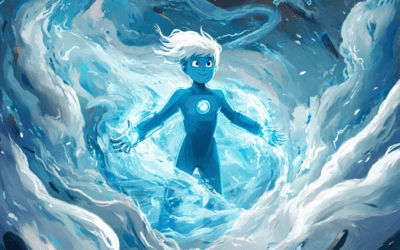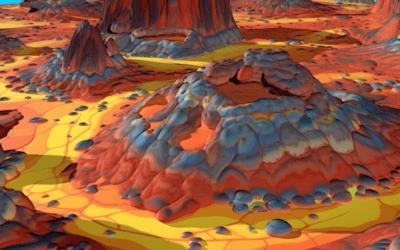How is glass made?
Glass is a fascinating material that has been used by humans for thousands of years. It is a solid substance that is transparent, meaning you can see through it. Glass is made from a few simple ingredients, such as sand, soda ash, and limestone. Let’s take a closer look at how glass is made!
Ingredients:
To start the glass-making process, manufacturers gather sand, soda ash, and limestone. These ingredients are mixed together in specific proportions to create a glass batch. The main ingredient, sand, is found in abundance in many places around the world. Soda ash and limestone help to lower the melting point of the sand and make it easier to work with.
Melting:
Once the ingredients are mixed, they are heated in a furnace to extremely high temperatures, typically around 1700 degrees Celsius (3092 degrees Fahrenheit). At this temperature, the mixture melts and becomes a liquid. This liquid glass is formed into molten glass.
Shaping:
After the glass has melted, it can be shaped into different forms. One common method is blowing the glass. Glassblowers use long metal pipes to gather the molten glass and blow air into it, shaping it into various objects like bottles, vases, and light bulbs. This process requires skill and precision.
Molding:
Another way to shape glass is through molding. When the glass is in a molten state, it can be poured into molds of different shapes, allowing manufacturers to create glassware like cups, bowls, and dishes. The molds give the glass its desired shape, and once it cools down, it solidifies into that shape.
Annealing:
Once the glass has been shaped, it needs to be cooled down slowly to prevent it from breaking. This process is called annealing. The glass is placed in an annealing oven where it is gradually cooled at a controlled rate. This helps to relieve any internal stresses in the glass and make it stronger and more durable.
Tempering:
In some cases, glass may undergo an additional process called tempering. Tempered glass is stronger and more resistant to breaking than regular glass. It is achieved by heating the glass to a very high temperature and then rapidly cooling it. This creates a compression on the surface of the glass, making it tougher.
Finishing touches:
Once the glass is shaped, cooled, and tempered (if necessary), it undergoes finishing touches. This may involve polishing the surface, sandblasting designs onto the glass, or adding decorative elements like paint or decals. These final steps give the glass its desired appearance and enhance its functionality.
Conclusion:
In summary, the process of making glass involves gathering ingredients like sand, soda ash, and limestone, melting them together in a furnace, shaping the molten glass by blowing or molding, annealing to cool it down slowly, and potentially tempering for added strength. With these steps, manufacturers can create a wide range of glass products that we use in our everyday lives. Glassmaking is a fascinating and intricate process that has stood the test of time.












